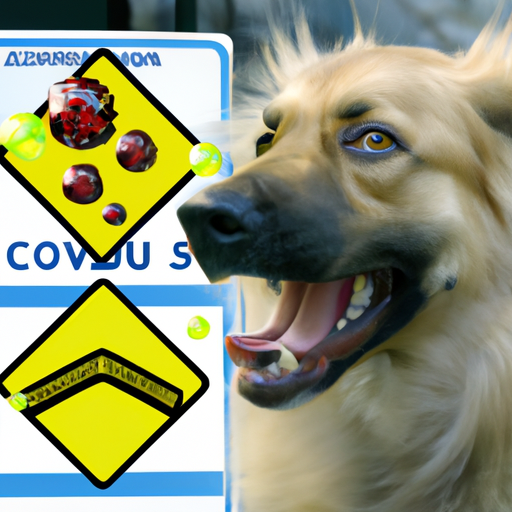Understanding Rabies
Rabies, a deadly disease, primarily affects the nervous system of mammals. It’s particularly infamous for its high incidence among stray dogs. Imagine a disease so potent that it can turn your friendly, tail-wagging buddy into a disoriented, aggressive beast. It may sound like a plot from a horror movie, but that’s the reality of rabies.
Symptoms and Progression of Rabies
Rabies in dogs usually progresses in three stages:
- Prodromal Stage: The dog’s behavior changes. It may appear nervous or anxious and show a loss of appetite.
- Excitative Stage: The dog becomes aggressive, often biting objects or other animals. It may also exhibit the characteristic ‘foaming at the mouth.’
- Paralytic Stage: The dog’s muscles weaken, often leading to paralysis and death.
Here’s a tabular representation for better understanding:
| Stage | Symptoms |
|---|---|
| Prodromal | Behavioral changes, loss of appetite |
| Excitative | Aggression, excessive salivation |
| Paralytic | Muscle weakness, paralysis, eventual death |
Transmission and Prevention
Rabies is most commonly transmitted through the bite of a rabid animal. The virus resides in the saliva and is injected into the body via the bite wound. Contact with the saliva of a rabid animal can also lead to infection if you have an open wound or sore.
You can protect your pet by:
- Regular vaccinations
- Keeping your pet indoors or supervised while outside
- Avoiding contact with wild or stray animals
- Reporting any stray animals to local authorities
Treatment and Prognosis
If you suspect your dog has been exposed to rabies, immediate veterinary attention is crucial. Rabies is nearly always fatal once symptoms appear. However, a series of post-exposure vaccines can prevent the onset of the disease if administered promptly.
Unfortunately, there is no treatment for dogs once symptoms appear. The disease is typically fatal within 10 days of the first symptoms. Euthanasia is often recommended to prevent suffering and further transmission.
Frequently Asked Questions
-
Can I catch rabies from my dog?
Yes, rabies is a zoonotic disease, meaning it can be transmitted from animals to humans. -
How often should my dog be vaccinated for rabies?
Puppies should be vaccinated at 12-16 weeks of age, and then again at one year of age. After that, your vet will typically recommend a booster every one to three years. -
What should I do if I suspect my dog has rabies?
Do not attempt to handle your dog. Contact your vet or local animal control immediately.
Remember, prevention is the best cure when it comes to rabies in dogs. Keep your furry friend safe by staying informed and taking the necessary precautions.



